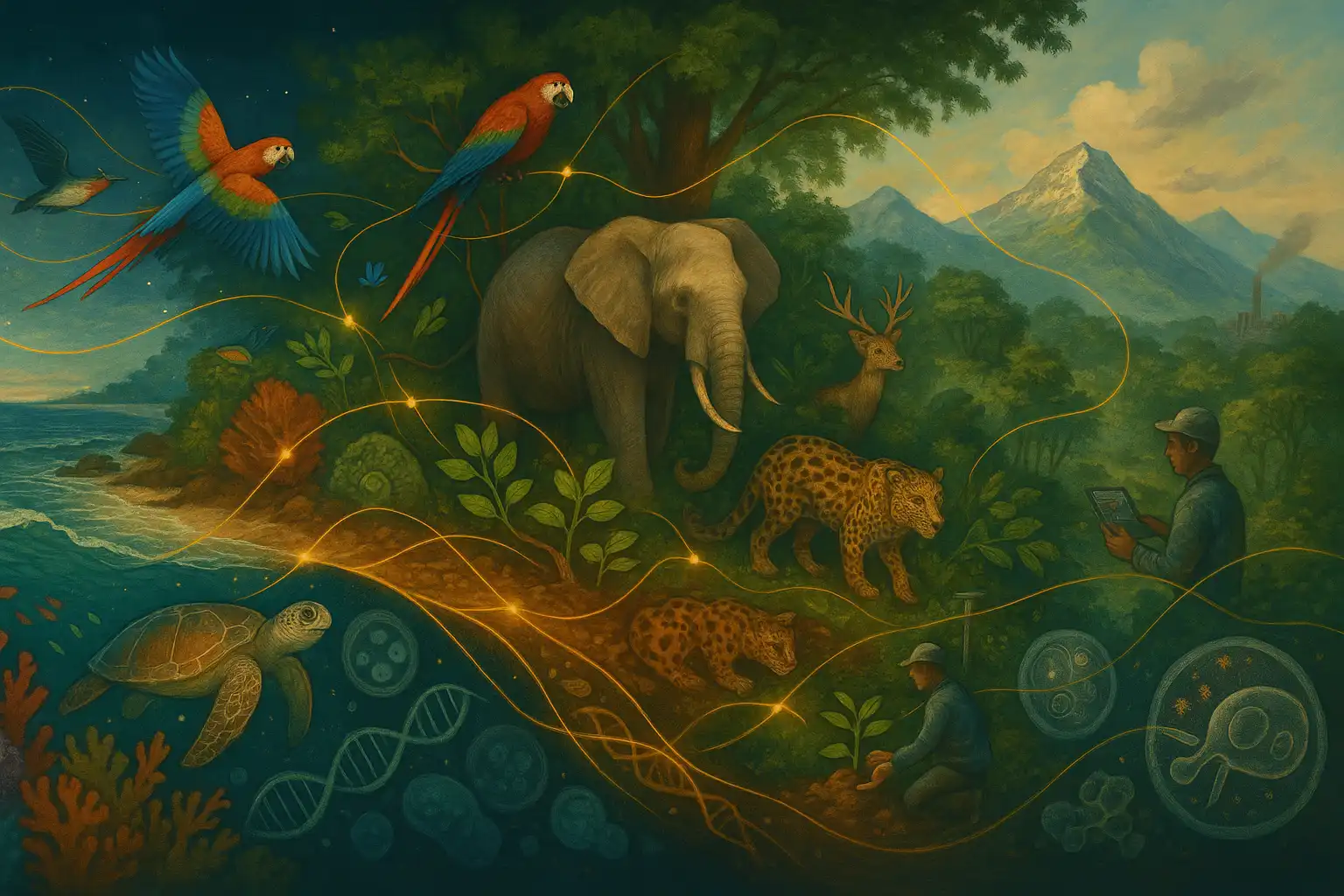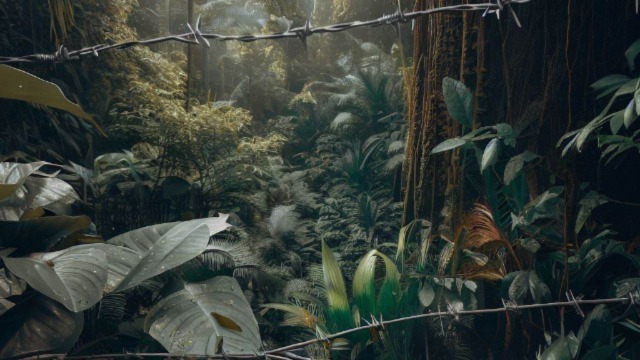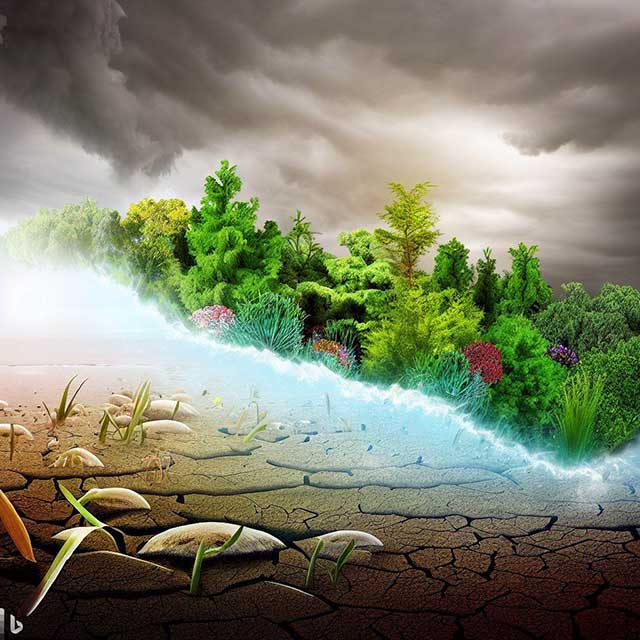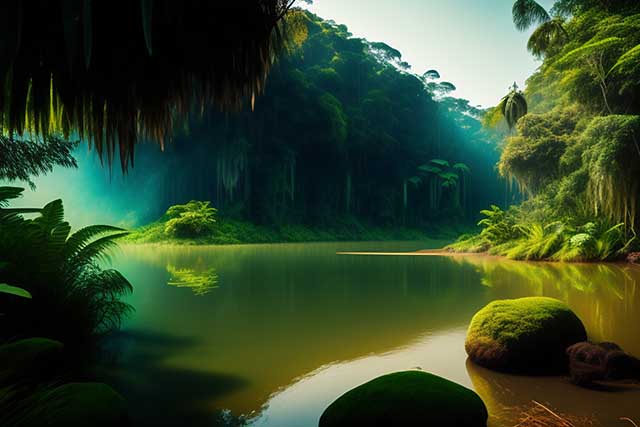- Introduction to climate change and its impacts on the planet
- Definition of climate change
- The main drivers of climate change
- The effects of climate change on biodiversity
- Changes in temperature and precipitation patterns
- Rising sea levels and the impact on coastal ecosystems
- Changes in the distribution of species
- Examples of the impacts of climate change on biodiversity
- Coral bleaching and the decline of coral reefs
- The loss of polar ice and the impact on polar species
- Changes in the distribution and abundance of birds
- The importance of addressing climate change to protect biodiversity
- The role of individuals in reducing their carbon footprint
- The need for collective action to address climate change
- Conclusion: The urgent need to address climate change to protect biodiversity
how does climate change affect biodiversity
 Climate change is one of the greatest challenges facing the planet today and is having a significant impact on biodiversity. The main drivers of climate change are the burning of fossil fuels and deforestation, which are releasing large amounts of carbon dioxide and other greenhouse gases into the atmosphere. These gases trap heat and cause the Earth's average surface temperature to rise, leading too a wide range of impacts on the planet's ecosystems.
Climate change is one of the greatest challenges facing the planet today and is having a significant impact on biodiversity. The main drivers of climate change are the burning of fossil fuels and deforestation, which are releasing large amounts of carbon dioxide and other greenhouse gases into the atmosphere. These gases trap heat and cause the Earth's average surface temperature to rise, leading too a wide range of impacts on the planet's ecosystems.
One of the main ways in which climate change is affecting biodiversity is through changes in temperature and precipitation patterns. Higher temperatures are leading to shifts in the distribution of species and the timing of their life cycles. For example, warmer temperatures are leading to the poleward movement of many species and the advancement of the timing of spring events, such as the emergence of leaves and the arrival of migratory birds. Changes in precipitation patterns are also having an impact on biodiversity, with some areas experiencing more freqent and severe droughts, while others are seeing an increase in extreme weather events, such as floods and hurricanes.
Rising sea levels are another major impact of climate change on biodiversity. As the Earth's temperature increases, the polar ice caps are melting, leading to a rise in sea levels. This is having a major impact on coastal ecosystems, such as coral reefs and mangroves, which provide important habitats for a wide range of species. The loss of these ecosystems is leading to the decline of many species that depend on them for survival.
Biodiversity and climate change
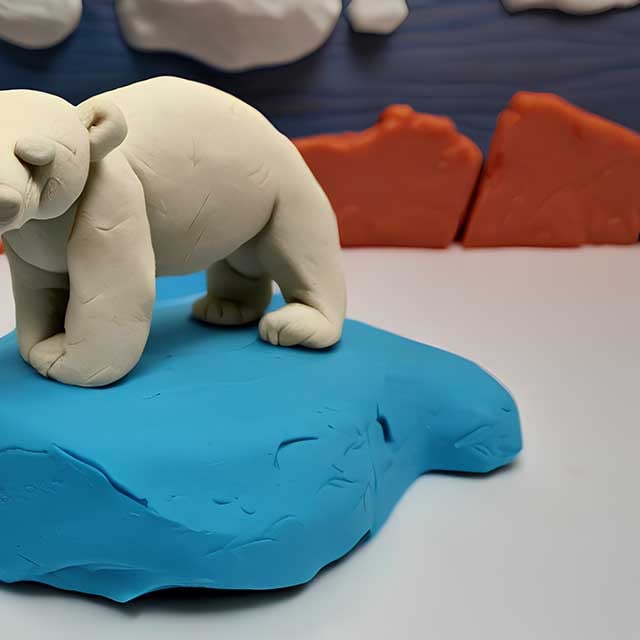 Climate change is also leading to changes in the distribution of species. As temperatures change, many species are shifting their ranges in an effort to find suitable habitat. However, many species are unable to adapt to the rapid pace of climate change and are at risk of extinction. For example, coral reefs are facing a major threat from climate change due to rising temperatures and acidification of the oceans. Coral bleaching, a process in which coral reefs lose their colour due to stress, is becoming more frequent and severe, and many reefs are at risk of disappearing entirely.
Climate change is also leading to changes in the distribution of species. As temperatures change, many species are shifting their ranges in an effort to find suitable habitat. However, many species are unable to adapt to the rapid pace of climate change and are at risk of extinction. For example, coral reefs are facing a major threat from climate change due to rising temperatures and acidification of the oceans. Coral bleaching, a process in which coral reefs lose their colour due to stress, is becoming more frequent and severe, and many reefs are at risk of disappearing entirely.
Polar species are also facing a major threat from climate change due to the loss of polar ice. As the ice melts, polar bears and other species are losing their habitat and are struggling to find food. The loss of polar ice is also having a major impact on the global climate, as the ice reflects sunlight back into space, helping to regulate the Earth's temperature.
Climate change is also having an impact on the distribution and abundance of birds. Many species are shifting their ranges in response to changing temperatures, but some are struggling to adapt to the rapid pace of change. For example, the range of the Arctic Tern, a long-distance migratory bird, is shifting poleward in response to rising temperatures, but the availability of suitable habitat is limited in the Arctic, putting the species at risk.
Addressing climate change is essential to protect biodiversity and ensure the health of the planet. There are many things that individuals can do to reduce their carbon footprint and help mitigate the impacts of climate change. These include using energy-efficient appliances, driving fuel-efficient vehicles, and reducing consumption of meat and dairy products. Collective action is also needed to address climate change at a global level. Governments and busineses must take action to reduce greenhouse gas emissions and support the transition to a low-carbon economy.
Conclusion
Climate change is having a major impact on biodiversity and is a major threat to the health of the planet. Protecting and preserving biodiversity will require action from individuals and collective action at the global level to address the root causes of climate change.
Ref: Royal Society and the impact of climate change on biodiversity here.
